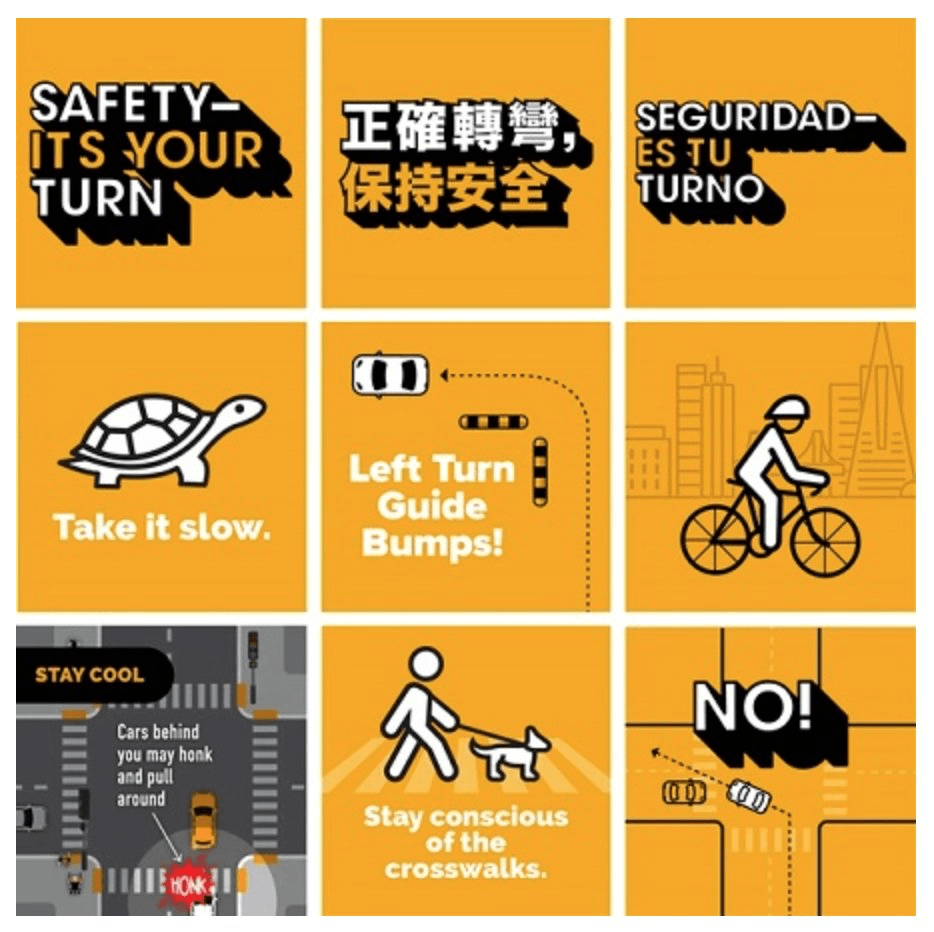Participants Get the Feel of Streets of San Francisco at SFMTA Sponsored Workshop
On April 8, LightHouse, in partnership with the San Francisco Municipal Transportation Agency (SFMTA), held a second Tactile Intersections Workshop to promote the citywide campaign Safety—It’s Your Turn. The...
